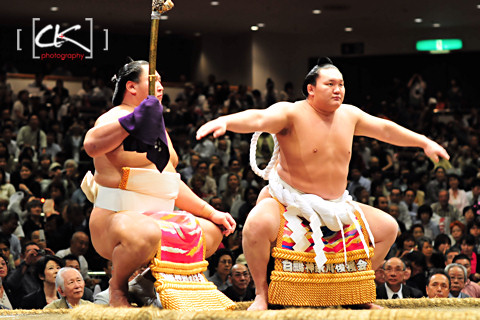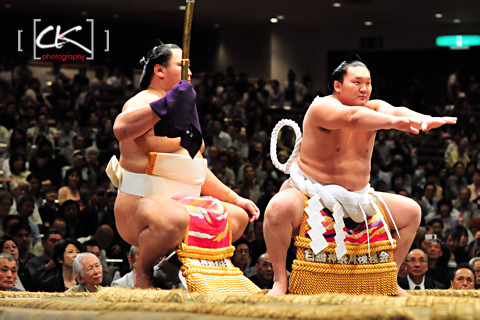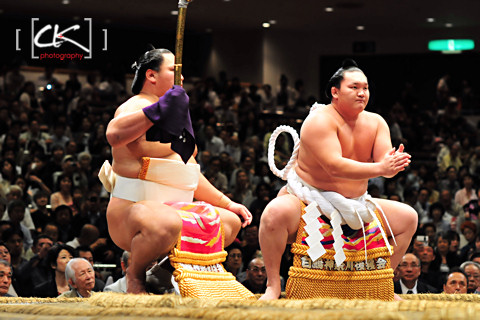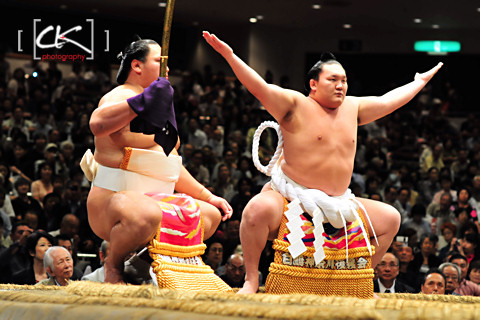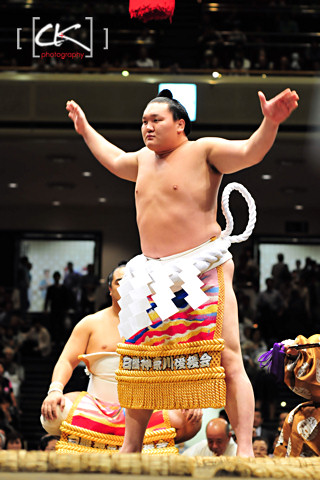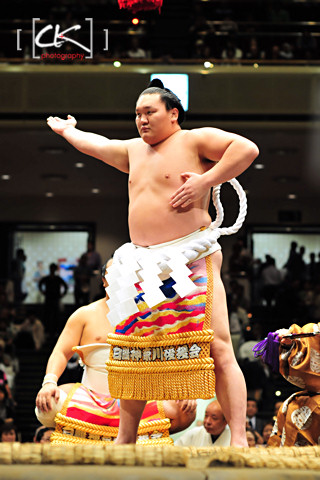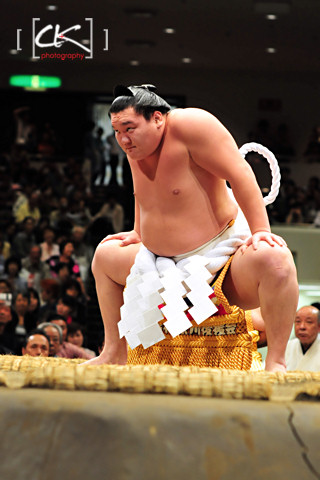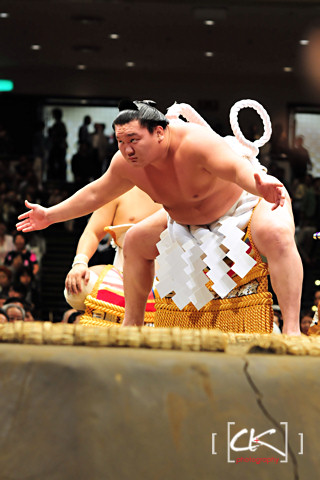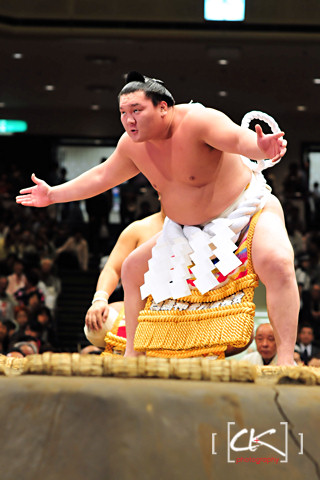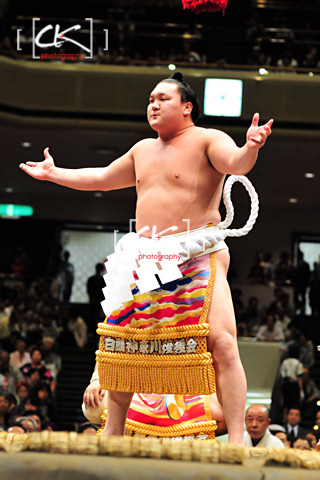Tsurugaoka Hachimangu is probably the most important Shinto shrine in Kamakura. The origin of the shrine was somewhere else, founded in 1063 by Minamoto Yoriyoshi. It was relocated to the present location in 1180 by the first shogun of the Kamakura Government, Minamoto Yoritomo.
Similar to other Shinto shrines in Japan, there is always a torii (Shinto gate) at the entrance.
Similar to other Shinto shrines in Japan, there is always a torii (Shinto gate) at the entrance.

This Shrine is dedicated to Emperor Ojin; who was deified as Hachiman, the God of War. Other than Emperor Ojin himself, this Shrine is also dedicated to his mother Empress Jingu and wife Himegami.
Just a few steps inside the torii resides the arch bridge Akabashi (Red Bridge) spanning across the canal joining the two ponds of the temple garden. However, it is not in red colour anymore like it used to be. This bridge was strictly for the use of the shogun only. It is still close to the public until today.
Just a few steps inside the torii resides the arch bridge Akabashi (Red Bridge) spanning across the canal joining the two ponds of the temple garden. However, it is not in red colour anymore like it used to be. This bridge was strictly for the use of the shogun only. It is still close to the public until today.

Common people like me had to use the two smaller bridges at the side of the arch bridge.

There are quite a number of sub-shrines around the foothill area inside the temple compound.

To visit the Hongu (Main Hall), one just have to follow the footpath after crossing the bridge across the canal.

In every shrine, there is always a granite font for the visitors and followers to rinse their mouths and hands. This symbolises purification of one's body and soul before entering the shrine.

Right before the stairway up the hill to Hongu is an open pavilion called Maiden.

Maiden is used for weddings, dances and music performances.

I visited this place on a Sunday, so I was lucky to witness a few wedding ceremonies being held here.

It was amazing that the 'unofficial' photographers actually outnumbered their official photographers in all the wedding ceremonies.

I think the couples having their wedding ceremonies here were very well prepared for an eventful photography session. Other than posing for their official photographers, they didn't forget to pose for the 'unofficial' ones as well.

Only on that day that I got to know about the intricate hairdo of a Japanese bride.

After I had experienced enough of Japanese wedding ceremony, I went over to see the offerings given by the followers. They are all different kind of Japanese wine.

The only way up to Hongu is the 61-step stairway up the hill, so I climbed.

All visitors have to use the hallway at the side of Hongu to enter the prayer hall.

Inside the courtyard of Hongu, there is a stable where all the sedans are kept until they are called on duty to carry the deities out during a Matsuri.

Photography is not allowed inside the prayer hall, so I only snapped around inside the courtyard.

After coming down from Hongu, I visited another sub-shrine, Maruyama Inari Shrine, at the foothill where the pathway is lined with many torii.

Before leaving Tsurugaoka Hachimangu, I spotted this lantern structure beside the main path leading the way to Hongu.

I then took another pathway to leave the temple trough a stone torii to explore the other interesting places around Kamakura.



